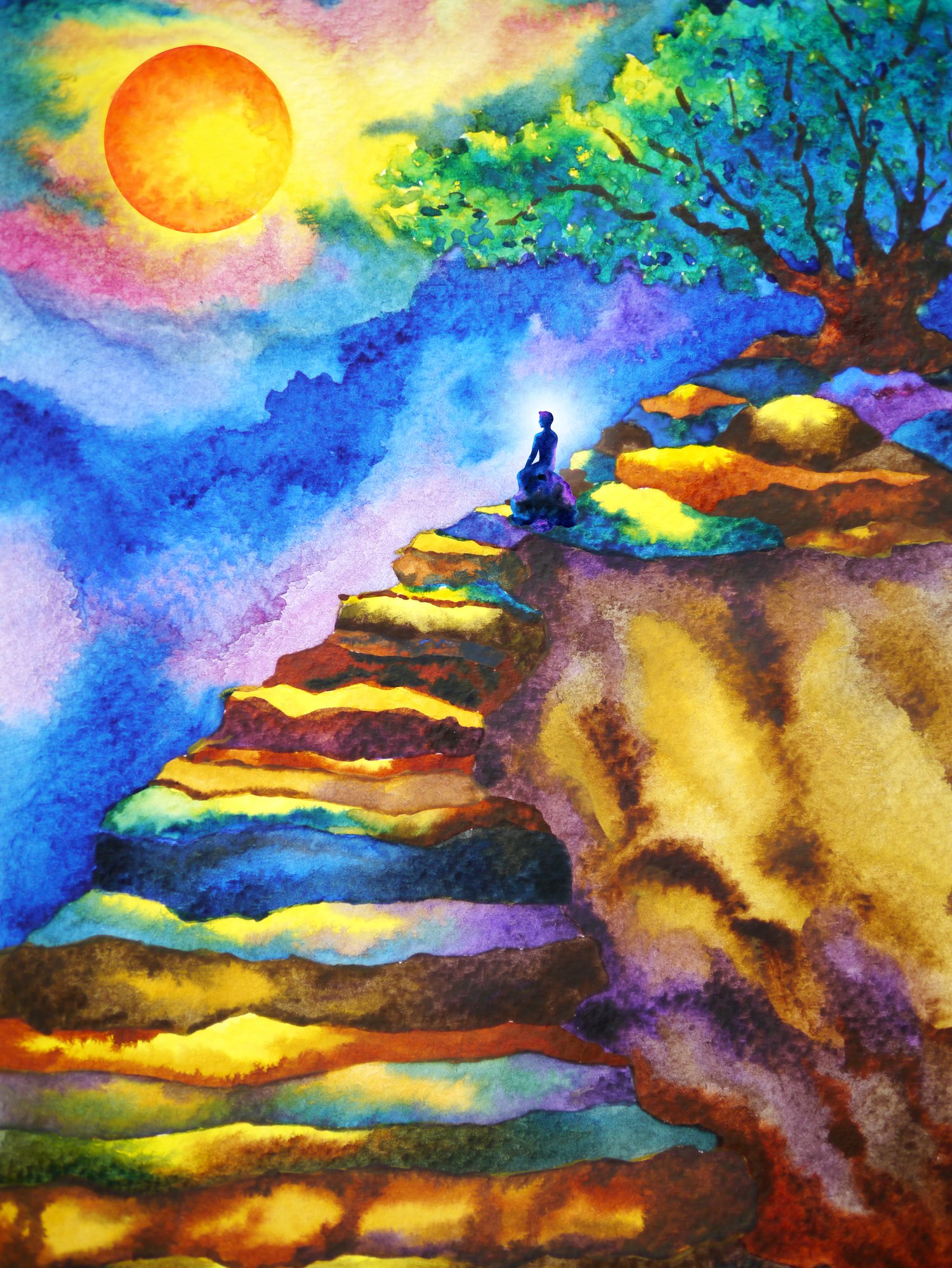Either-or thinking is often a symptom of stress. When we feel overwhelmed, we might seek to simplify our environment by narrowing our focus, but sometimes doing so is premature because we haven’t yet had time to do a thorough evaluation of our options. When we view our choices in an either-or way before we have had time to collect sufficient data to make a good choice, it can make us feel uncertain, agitated, constricted, deprived, and/or unhappy.
Fortunately, there are ways to gain the benefits of focus while avoiding a destructive either-or mindset.
Here are some of my favorite strategies:
Take action to collect data.
Rumination is not a good decision-making strategy, but taking action is magical for decision-making. Only experience can tell you which path will yield more success and joy. You will probably eventually give up some paths based on wisdom gained through experience. For the remaining paths, your commitment can be strengthened based on a renewed sense that those paths are a good fit for you.
Experimentation will help you choose which paths to continue and which to shed. Some clues to assist in decision-making include your energy when you follow a path, the amount of traction you seem to get, and how well aligned the path seems with your highest priority values.
Think of choices as both-and
Instead of framing your choices as either-or, investigate whether there is a reasonable way to think of your choices as connected by both-and. This strategy is especially important for people who want to embark on a creative career but also have an immediate need for a reliable income. Instead of falling into the cognitive trap of thinking you must choose between stable income or a creative passion, you can keep your salaried or freelance work, and you can also create music, photography, writing, or art. Would it feel better to have the luxury of immersing yourself in the creative endeavor full-time? Possibly, but most creative people don’t have a trust fund or a patron. Throughout history, most creative work has been produced by people who had a job supporting them while they pursued creative endeavors as a side gig.
Minimize multitasking.
Neuroscientists have compiled plentiful evidence that humans are awful at multitasking. This is true of Generation Z as much as Boomers. There are also many studies showing that every time you shift from one task to another, it takes approximately 20 minutes to become optimally productive again, so if you try to stack too many tasks into the average workday, you may accomplish much less than if you gave yourself more time to devote to a specific type of activity alone.
Because of this research, I recommend structuring your work week so you can have sufficient time to immerse yourself into specific tasks and not lose too much time transitioning between different tasks. This might mean dedicating mornings to one project and afternoons to another, or it might mean dedicating entire work days or weeks to one type of career focus and other days or weeks to another.
Find role models.
Humans learn best through observing other people. (This explains why children do what they see their parents doing, not do what their parents say.) Whatever you want to do in the world, someone else has likely successfully done at least part of it before. Learning from other people’s successes and failures is a very smart use of your time. Trial-and-error is a slow way to learn unless you benefit from the trial-and-error experiences of all the people who have gone down a path before you.
See if you can find someone successfully engaged in both-and thinking in the areas where you previously thought you should choose either-or. Then study what actions they took to live in that nuanced, inclusive space.
Learn more.
Here is additional reading about either-or vs. both-and thinking:
